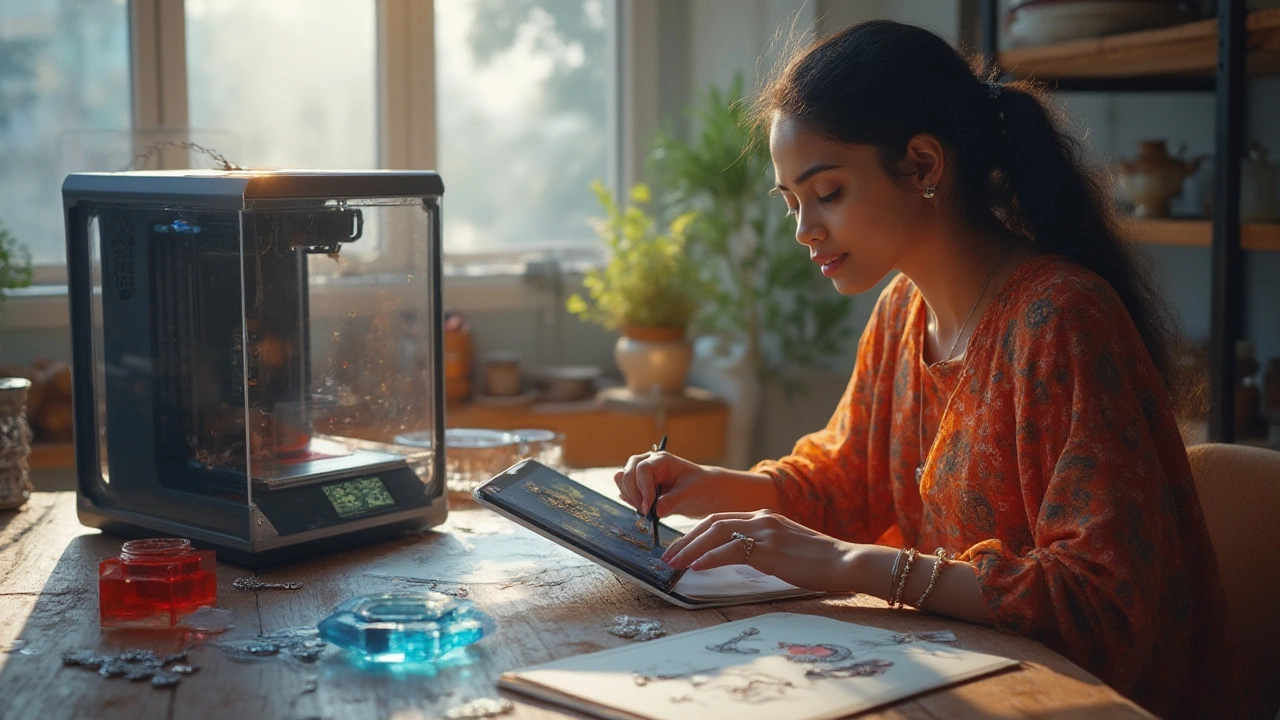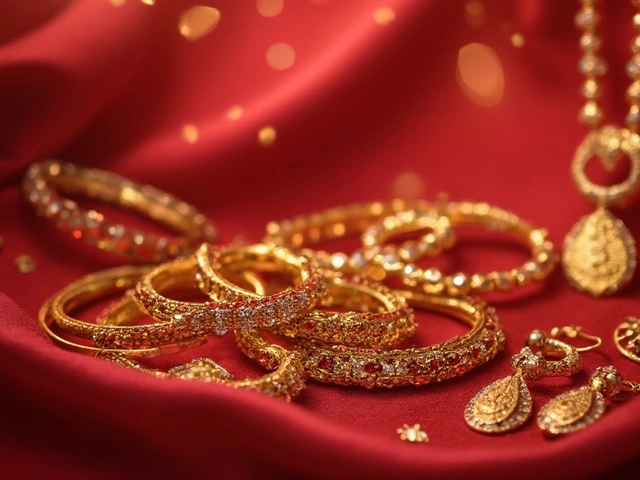3D Printed Rings: Your Guide to Trendy, Customizable Jewelry
If you’ve ever wanted a ring that fits your personality perfectly, 3D printed rings might be the answer. Thanks to additive manufacturing, designers can turn a digital model into a real piece of jewelry in just a few days. No heavy tooling, no long wait – just a ring that looks exactly like you imagined.
Why Choose 3D Printed Rings?
First off, the design freedom is huge. Traditional casting limits you to certain shapes and details, but a 3D printer can create intricate patterns, lattices, and even moving parts. You can experiment with geometry that would be too risky or expensive to make by hand. Second, because the process uses only the material you need, waste is minimal, which often translates to lower prices.
Materials range from metal alloys like stainless steel, brass, or even gold‑filled powder, to resin and nylon for lighter, budget‑friendly options. Metal‑based prints can be polished, plated, or left with a raw finish, giving you control over the final look. Resin prints offer bright colors and smooth surfaces, perfect for a statement piece.
How to Pick the Right 3D Printed Ring for You
Start by deciding what you’ll wear it for – everyday wear, a special occasion, or a prototype for a custom design. For daily use, metal prints are safest because they resist scratches and can be resized if needed. If you’re after a bold, colorful look, resin or nylon works well, but keep in mind they may not hold up to heavy wear.
Check the printer’s resolution. Higher resolution prints capture fine details but can cost a bit more. Ask the seller about post‑processing – sanding, polishing, or coating can dramatically change the ring’s feel. Also, verify the size. Most online stores let you upload a ring size chart or use a printable ring sizer to avoid returns.
When buying, look for sellers who share the 3D model or at least a clear photo of the printed piece. Transparency helps you know exactly what you’re getting. Many small studios also offer a design‑your‑own service: you send a sketch or a CAD file, and they print it for you.
Care is simple but important. Metal rings should be cleaned with a soft cloth and mild soap. Resin rings can be wiped with a damp cloth, but avoid harsh chemicals that might dull the surface. Store your printed rings separately to prevent scratches, especially if you have mixed materials in one box.
In India, the market for 3D printed jewelry is growing fast. Cities like Mumbai, Delhi, and Bengaluru host several boutique studios that combine traditional craftsmanship with modern tech. You can also find reputable online stores that ship nationwide, often with free returns if the size or finish isn’t right.
Bottom line: 3D printed rings give you design freedom, lower waste, and price points that fit most budgets. Whether you want a minimal band, a geometric statement piece, or a custom name ring, the technology can deliver fast and reliably. Just pick a trusted maker, check the material and finish, and enjoy a piece that’s truly yours.
How to Make Stunning Jewelry Using a 3D Printer at Home
Discover how you can make custom jewelry with a 3D printer. Learn about the process, tools, materials, expert tips, and design secrets. Simple, detailed guide.





